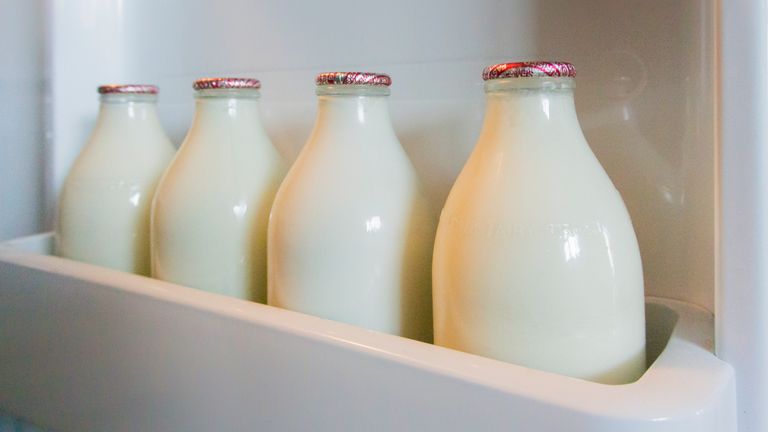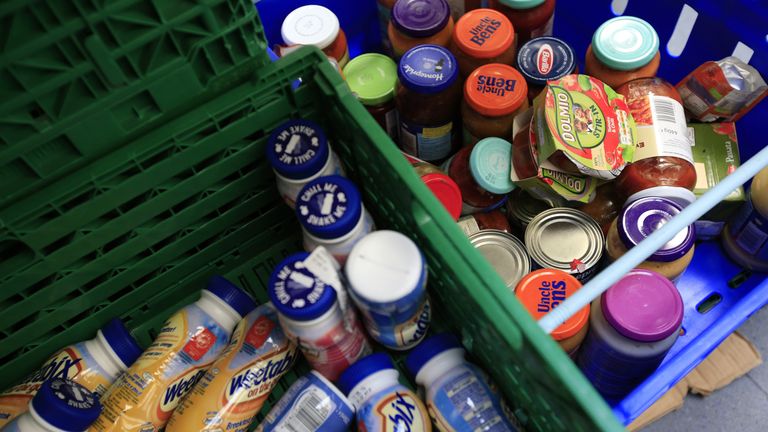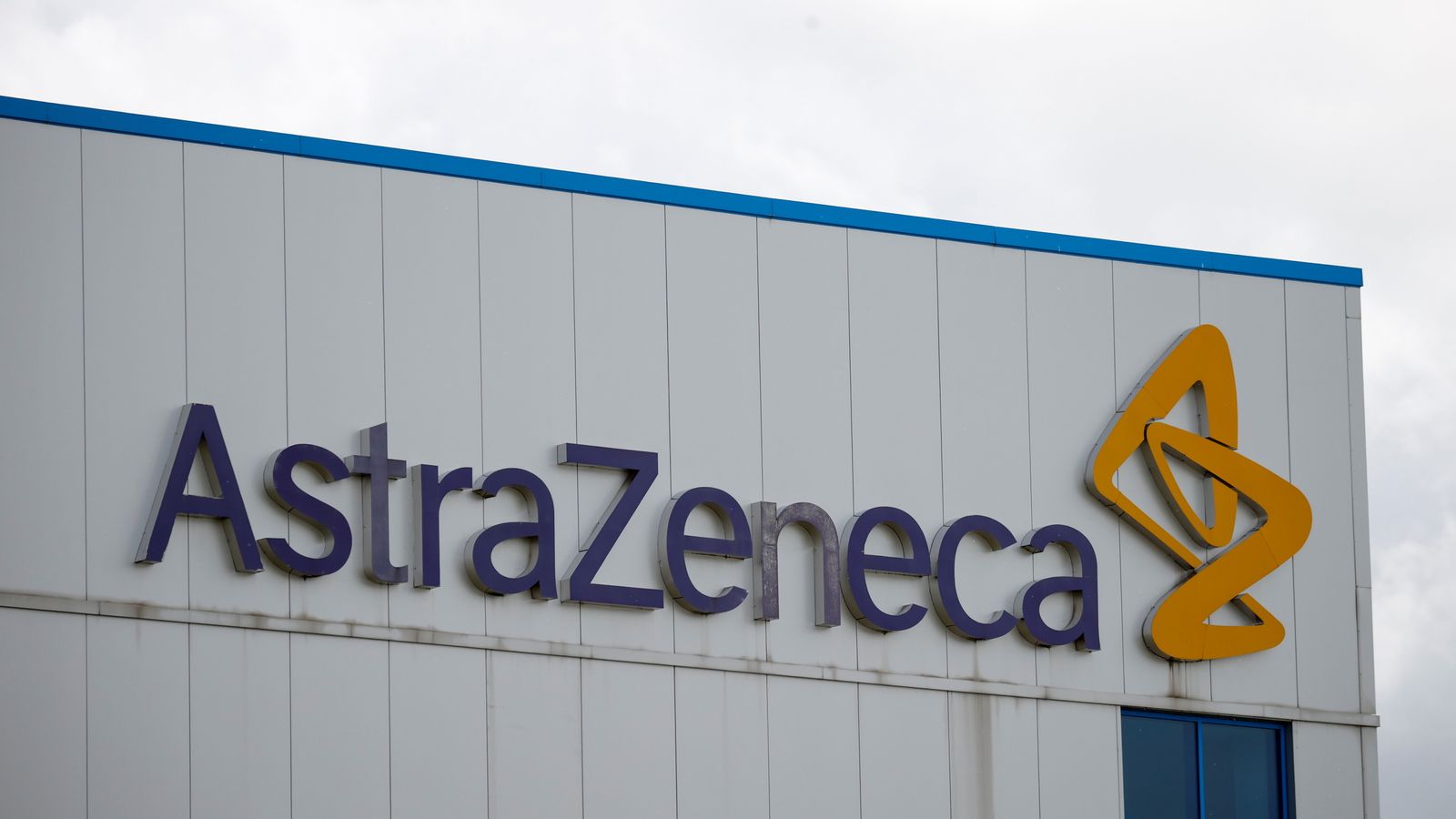
Falling milk prices have helped drive grocery inflation lower for a second consecutive month, according to industry data.
Kantar Worldpanel, which tracks supermarket sales and prices, measured the annual rate of grocery inflation at 17.2% over the four weeks to 14 May.
That was down from 17.3% in the previous four-week period but still at the third-highest level since the 2008 financial crisis.
The cost of food and other essentials has proved a drag on the cost of living crisis this year as energy-led price increases continue to filter through the supply chain.
The cost of four pints of milk, which had risen due to higher feed, production and transportation costs, fell by 8p over the four weeks.
But Kantar added that prices were still much higher than they were 12 months ago, at £1.60 currently compared to £1.30.
The report said the dairy aisle had become a battle-ground in the supermarket price war, with the established chains Tesco, Sainsbury’s, Asda and Morrisons continuing to face tough competition from discounters.
Fraser McKevitt, Kantar’s head of retail and consumer insight, said: “Of course, shoppers are savvy and they’re skirting higher prices by choosing more own-label goods.
“These lines grew by 15.2% this month, almost double that of branded products which rose by 8.3%.
“However, the gap between own lines and brands is narrowing in most stores, helped in some cases by loyalty discounts.”
Coronation boost
The report highlighted a £218m lift to business at the tills during the week of the King’s coronation, with wine and ingredients for the Coronation Quiche helping lead the way.
The latest data was released ahead of the official inflation figures on Wednesday, which are tipped to show the main consumer prices index (CPI) measure slipping sharply.
Economists polled by the Reuters news agency see the annual rate easing to 8.2% in April from the current 10.1%.
Electricity and natural gas prices leapt by 40.5% and 66.8% respectively in April 2022, data from Pantheon Macroeconomics showed, but held steady last month.
It is hoped that the gradual easing in wholesale energy costs this year will aid a slowing in the pace of food price increases as they feed into manufacturing and transport costs.
Regulatory pressure to ensure consumers are being charged fair prices was revealed last week when the Competition and Markets Authority announced fuel and grocery price investigations.
The watchdog will be looking for evidence of so-called “greedflation” – rising prices due to excessive charges.
Read more:
Greedflation? There’s no evidence supermarkets are profiteering – and this is why
Food and non-alcoholic drink inflation was measured at 19.1% by the Office for National Statistics (ONS) in March.
That was the highest level since August 1977.
The Kantar data will go some way to giving hope that the pace of price hikes for groceries has more or less peaked.
However, it is unlikely to give any encouragement that any meaningful easing of prices for squeezed households is just around the corner.








